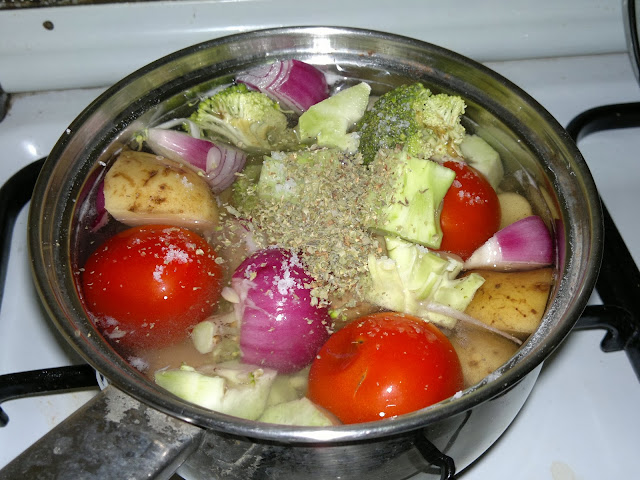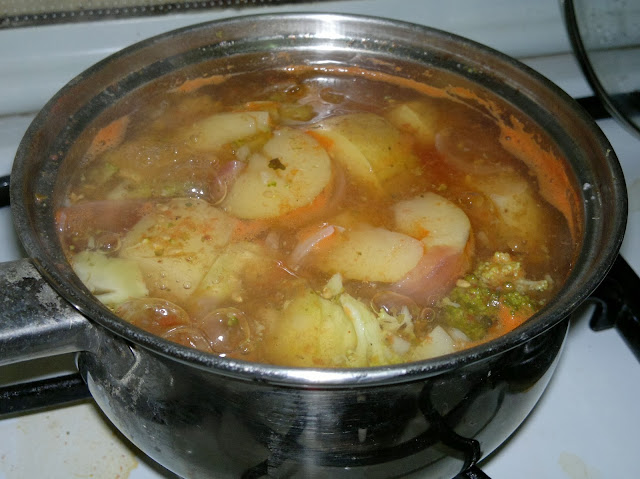For the 80% raw, 20% cooked food vegan that I am, this, my dear friends, is the epitome of comfort cooked food. This tops the list! I eat so much of it so I had to learn to make it myself--if not for economic reasons, then for convenience and sheer awesomeness! Any why not? It's simple and you can be absolutely sure there aren't any nasty and harmful substances in it.
I had a conversation with my Dutch friend, Dominik, a few days ago about how I make my own peanut butter. He asked if I had posted a recipe on my food blog but then I hadn't at the time so I just gave him the instructions. This posting is for the sake of pictures and for the benefit of the rest of the world.
Hey, Dominik, enjoy making your own peanut butter from now on!
 |
| Presenting: My home made peanut butter... and my Chinese visa papers? Hahaha! |
You will need:
- 2 cups of raw peanuts (off the shells, of course, but skin on or off doesn't matter to me)
- 2 tablespoons of peanut oil or coconut oil (I use virgin coconut oil.)
- 1 tablespoon (more or less or none) of agave nectar/maple syrup/honey/sugar
- ½ teaspoon of salt
To make peanut butter:
1. You may begin by dry roasting the peanuts or frying them in the coconut oil. Up to you. This takes about 5 minutes over low heat, with constant stirring to ensure even cooking.
2. Drop everything in a food processor along with all your other ingredients and blend for about 2 minutes or until you achieve the desired consistency. (Because I only made a tiny batch, I used a coffee grinder instead of a food processor. It works, too.)
NOTE: To make chunky peanut butter, reserve a tablespoon of peanuts before blending and add them in afterwards, blending for only 20 seconds to make sure you get chunks.
ANOTHER NOTE: After making your base peanut butter (i.e. the recipe above), you can take it to the next level by adding cocoa powder or cinnamon or vanilla. You can even apply this recipe using other nuts like cashew and almond to make other types of nut butter.
 |
| Peanuts frying - skin on |
 |
| blending in a coffee grinder |
 |
| Voila! It's fluid at this point because it's hot but it'll turn viscous when it cools. Those are green tomatoes from my mother's farm in the background. |





